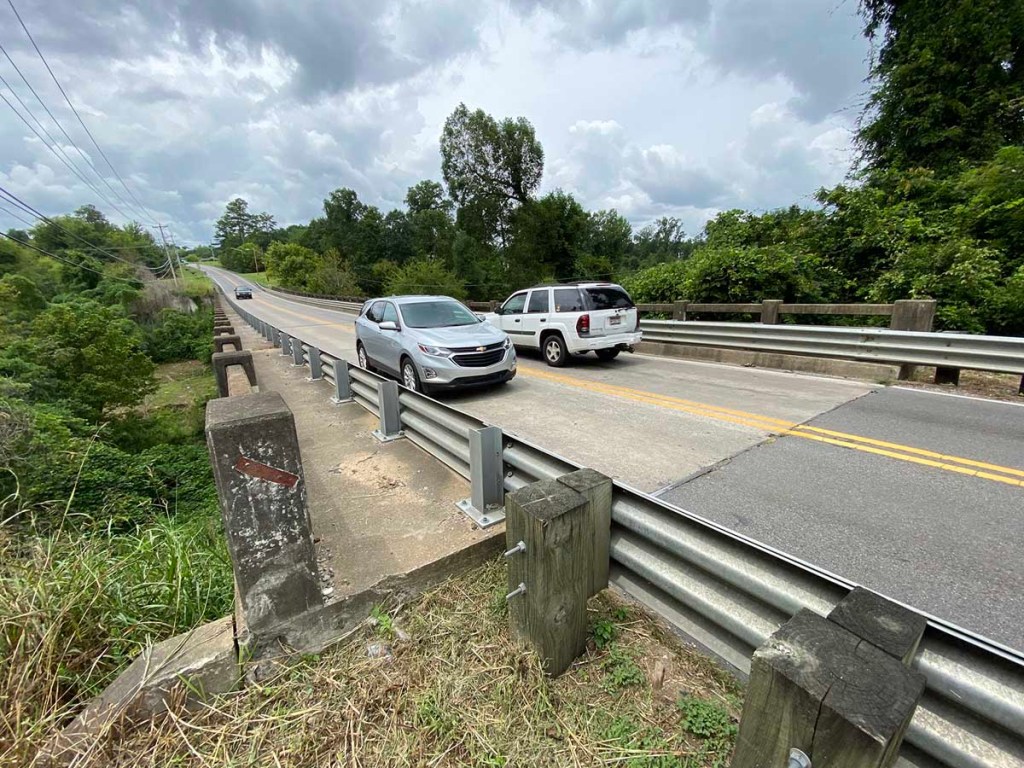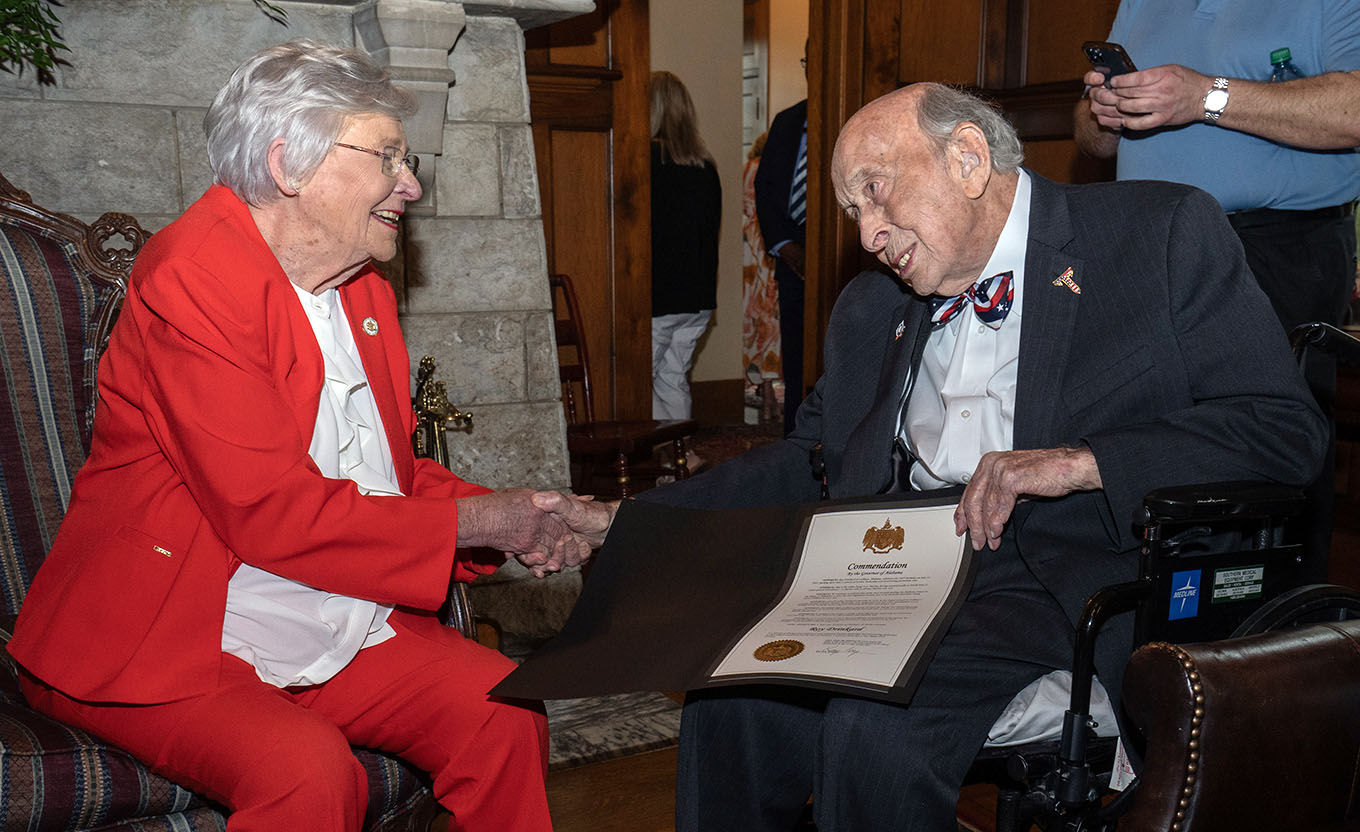City seeks federal funding to replace St. Bernard bridge
Published 8:00 pm Monday, August 22, 2022

- Cars travel over the bridge along U.S. 278 near St. Bernard. in 2022. Amanda Shavers | The Cullman Times
City leaders in Cullman are seeking a new infusion of federal dollars in the hope of alleviating traffic bottlenecks near the entrance to St. Bernard Abbey, signing off Monday on the first step in a grant application that, if awarded, would help fund new construction to replace the nearby two-lane bridge along U.S. Highway 278.
At its regular meeting Monday, the Cullman City Council agreed to submit a grant application to the U.S. Department of Transportation’s Bridge Investment Program (BIP) administered by the Federal Highway Administration. The city is seeking $15,323,719 in federal funds for the project, which would replace the St. Bernard bridge while widening the approaching two-lane section of highway in both directions.
Trending
Currently, US 278 narrows from its three-lane approach from the east to accommodate the old bridge structure, which was not included in the 2017 resurfacing project that reduced the former four-lane highway on the city’s east side to a setup featuring a center turn lane servicing the two lanes of traffic in both directions. During peak traffic — especially in spring and fall when the Abbey hosts regional festivals that draw thousands of out-of-town guests — the bridge often becomes a choke point for vehicles traveling in both directions.
If approved, the grant-funded project would extend from the St. Bernard bridge to the start of the existing three-lane segment of Highway 278 just to its east.
The Alabama Department of Transportation (ALDOT) already has committed $6,510,165 toward the total project cost, should it become fully funded under the BIP program. The City of Cullman also has committed a required local match of $100,000.
ALDOT extensively overhauled Highway 278’s run through the city in 2017, resurfacing the road while reconfiguring turning access points and adding curb segments. Though the project involved widening the road at several points, the costly bridge replacement was not included in its scope, forcing the highway to narrow to its original width as it traverses the bridge at St. Bernard.





